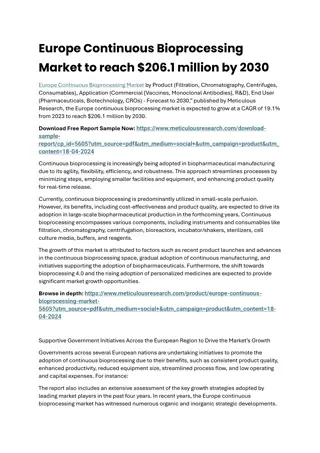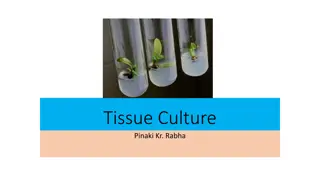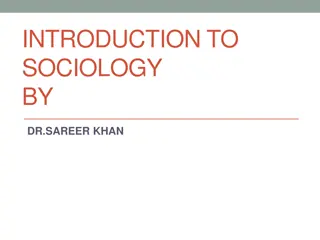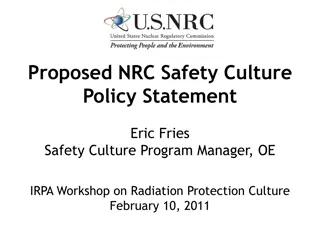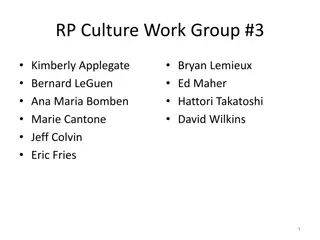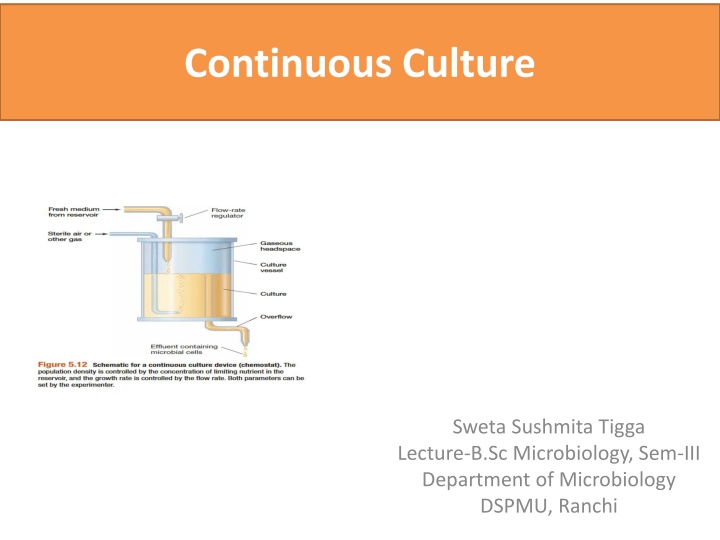
Continuous Culture Systems in Microbiology
Explore the concept of continuous culture systems in microbiology, including chemostats and varying parameters. Learn how these systems control cell growth, nutrient concentrations, and productivity in bioreactors. Discover the importance of maintaining biomass and how to achieve steady-state conditions for optimal microbial cultivation.
Download Presentation

Please find below an Image/Link to download the presentation.
The content on the website is provided AS IS for your information and personal use only. It may not be sold, licensed, or shared on other websites without obtaining consent from the author. If you encounter any issues during the download, it is possible that the publisher has removed the file from their server.
You are allowed to download the files provided on this website for personal or commercial use, subject to the condition that they are used lawfully. All files are the property of their respective owners.
The content on the website is provided AS IS for your information and personal use only. It may not be sold, licensed, or shared on other websites without obtaining consent from the author.
E N D
Presentation Transcript
Continuous Culture Sweta Sushmita Tigga Lecture-B.Sc Microbiology, Sem-III Department of Microbiology DSPMU, Ranchi
Continuous Culture A continuous culture system is an open system In the continuous culture growth vessel a known volume of fresh medium is added at a constant rate while an equal volume of spent culture medium (which also contains cells) is removed at the same rate.
Continuous Culture i. ii. Control the concentration of limiting nutrients iii. The ultimate process productivity of process by maintaining the cultures close to its maximum specific growth rate prolonging these maximum production state until the culture is addressed to mutation or the product of loosing its specification Keep the biomass constant in a bioreactor is to increase the
Chemostat Chemostat, is a device wherein both rate (how fast the cells divide) and cell density (how many cells per ml are obtained) can be controlled independently. growth The most common type of continuous culture is the chemostat. Two growth density, respectively: factors rate govern and cell The concentration of a limiting nutrients- such as a carbon or nitrogen source, present in the sterile medium entering the chemostat vessel The dilution rate- The rate at which medium is pumped in and spent removed fresh medium is
Varying Chemostat Parameters Two factors i.e dilution rate and concentration of growth-limiting nutrients in a chemostat.
Varying Chemostat Parameters Steady State break down- wide limits over which the dilution rate controls growth rate, although at both very low and high dilution rate, the organism cannot grow fast enough to keep up with its dilution and is washed out of the chemostat. At too low dilution rate, cells may die from starvation because the limiting nutrient is not being added fast enough to support minimal cell metabolism
Varying Chemostat Parameters Cell density in a chemostat is controlled by a limiting concentration of this nutrient in the incoming medium is increased at a constant dilution, cell density will increase but growth rate will remain the same. Thus, varying the chemostat dilution rate and nutrient level, one can establish dilute (for ex, 105cells/ml), moderate (for ex, 107cells/ml), or dense (for ex, 109cells/ml) cell populations growing at specific rate. nutrient. If the


